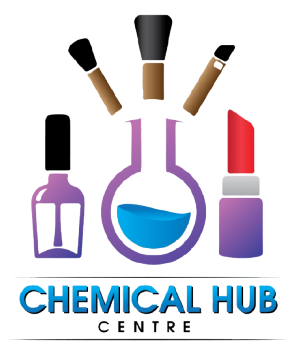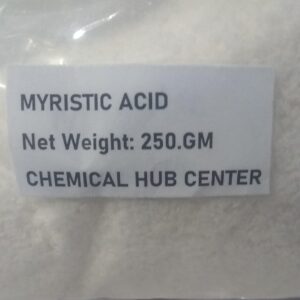Description
Hydrogen peroxide is a chemical compound with the formula H₂O₂, a colorless liquid that is slightly more viscous than water. It’s known for its strong oxidizing properties and is commonly used as a disinfectant, bleach, and antiseptic. While naturally occurring in low concentrations in air, water, and even living organisms, it’s also produced industrially and used in various applications from household cleaning to industrial processes.
Here’s a more detailed look:
Chemical Properties:
Formula: H₂O₂
Appearance: Colorless liquid
Viscosity: Slightly more viscous than water
Oxidizing agent: A strong oxidizing agent, meaning it readily accepts electrons from other substances, causing them to oxidize
Unstable: Decomposes into water and oxygen, especially when exposed to heat, light, or certain catalysts
Commonly stored: In weakly acidic solutions with stabilizers to prevent decomposition
Uses:
Disinfectant:
Widely used to clean wounds, prevent infection, and disinfect surfaces due to its antimicrobial properties
Bleaching agent:
Used in laundry, hair bleaching, and pulp and textile bleaching
Industrial applications:
Used in chemical synthesis, wastewater treatment, and as a component in rocket fuel
Medical uses:
Used in low concentrations to treat minor cuts and abrasions, and in some dental products like mouthwashes
Safety Considerations:
Concentration matters:
Higher concentrations can be harmful, causing irritation or burns to skin and eyes.
Not for ingestion:
Generally not safe to swallow, even at lower concentrations.
Decomposition:
Hydrogen peroxide can decompose into water and oxygen, which can create pressure if contained.
Catalysts:
Certain metals and enzymes (like catalase in the body) can accelerate the decomposition of hydrogen peroxide





Reviews
There are no reviews yet.